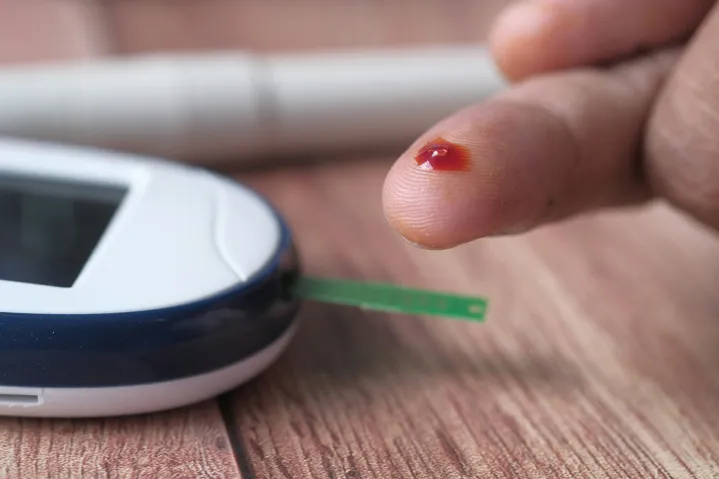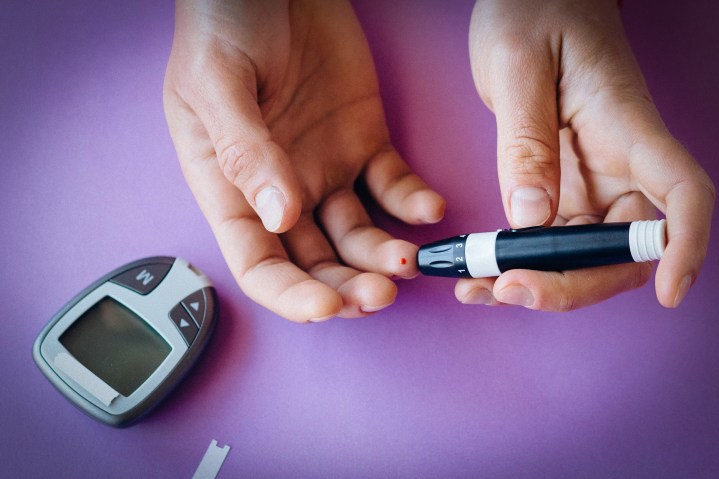
Apple and Samsung — the two titans of the smartwatch industry — are chasing a new feature that would allow a smartwatch to measure the glucose levels in your blood. But the U.S. Food and Drug Administration (FDA) is already concerned about misleading marketing tactics, even though the feature is yet to appear on a commercially available smartwatch from a well-known brand.
“The FDA has not authorized, cleared, or approved any smartwatch or smart ring that is intended to measure or estimate blood glucose values on its own,” says the regulatory agency. As such, the agency has asked users that they should refrain from buying or using smartwatches or rings that claim to measure the sugar levels in the bloodstream.
Right now, there are medical-grade devices out there that can measure blood glucose levels, but most of them rely on an invasive method where a small puncture is required to draw out a blood sample and then analyze it. Noninvasive blood glucose monitoring has remained elusive so far, especially in a miniaturized form that is suitable for smartwatches.

In 2020, Samsung announced that it had developed a noninvasive method for blood glucose level measurement in partnership with the Massachusetts Institute of Technology (MIT). Samsung didn’t specify whether the tech would make its way to a smartwatch, but multiple reports claimed that Samsung is exploring the tech for its smartwatches.
Apple, on the other hand, is also said to be working toward the same goal. Rumors suggest that noninvasive blood glucose level analysis could arrive as a marquee new addition for the t10th-generation Apple Watch slated to hit the shelves later this year.
Assuming the tech eventually makes it to the market later this year, it would start a mad race where every player would want to advertise that health facility for their own product. And that would mean misleading marketing claims, which is already a worrisome reality. It seems the FDA has already braced for the onslaught and has, therefore, made it clear that it hasn’t certified any such tech — from Apple or any other consumer electronics brand whatsoever.

“Do not buy or use smartwatches or smart rings that claim to measure blood glucose levels,” the agency writes in bold in an official press release. “These devices may be sold through online marketplaces or directly from the seller.”
Blood glucose level assessment in a wearable form factor would be a big achievement, irrespective of who reaches that milestone first. If one were to go by Samsung’s track record of publicly announcing regulatory nods for health features, we would certainly know if the FDA has certified such an impressive capability for a smartwatch or smart ring.
Until that happens, do not buy into the claims of any such brand, and check for the FDA certification before investing your money. In the meantime, if you are interested in understanding the current state of development regarding wearable-assisted blood glucose monitoring tech, read this excellent research paper published in the Alexandria Engineering Journal.
Editors' Recommendations
- You may have to wait a while longer for new iPads
- I used a smart blood pressure monitor for the first time — and it blew me away
- The best smartwatch deals you can shop before Prime Day 2020



